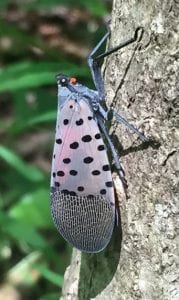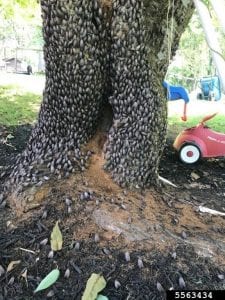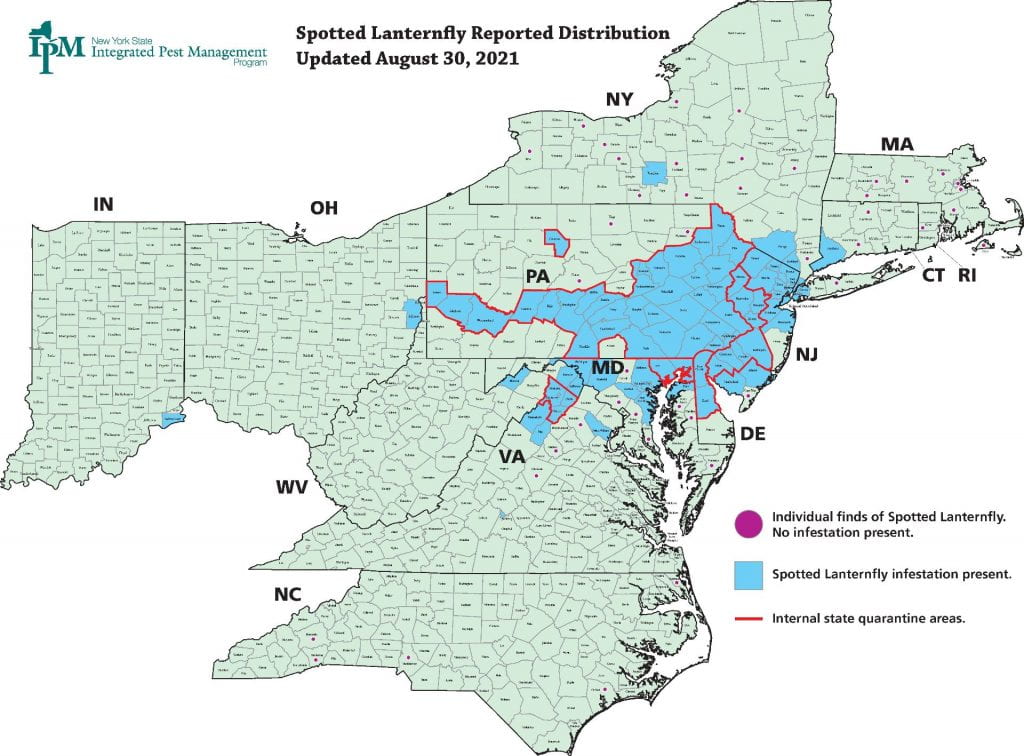May is Lyme Disease Awareness Month!
The black-legged tick, also known as the deer tick, is a very common in Orange County and is the only species of tick found in our area known to transmit Lyme Disease.
In the spring months you are most likely to find black-legged tick nymphs. These poppy seed sized immature ticks can easily go undetected if the proper precautions are not taken. This results in a the highest number of Lyme disease cases being confirmed in June and July.

In the fall adult deer ticks are more abundant. Even though these blood suckers are about twice as likely to carry Lyme disease then the nymphs, they are much larger and therefore more easily detected and less likely to feed long enough to transmit Lyme disease.
The presence of ticks should not prevent you from enjoying the out-of-doors. By avoiding tick habitat whenever possible and doing a daily tick check, you can minimize your risk of being bitten and contracting a tick borne pathogen . Ticks usually hang out on shrubs and tall grasses, no higher than knee height. Black-legged ticks prefer cool humid place like the woods, but can also survive in tall grasses and even on lawns.
Even if a tick gets on you, it usually doesn’t latch on immediately. It first searches for a nice warm place such as behind your ears, in your armpits, or even in your belly button. Conducting a daily tick check can help prevent tick bites. Make sure you do daily tick checks on children as they are not likely to check themselves, which contributes to higher incident rates of Lyme disease among children than adults.

If you find an embedded tick, it should be removed promptly. To properly remove a tick, use a very pointy pair of tweezers to grasp the tick as close to the skin as possible. Avoid squeezing the abdomen (large back part of the tick) as that can cause the contents of the tick be pushed into your body. Although it is commonly thought that if not removed properly the head of the tick will remain lodged in your skin, this is false. A tick uses its barbed mouth parts to puncture your skin and latch on. The head is never embedded. If you leave the mouth parts behind when removing a tick, it is similar to having a splinter and does not increase your risk of contracting a tick borne pathogen.
 To learn more about how to prevent tick bites check out the Don’t Get Ticked New York website.
To learn more about how to prevent tick bites check out the Don’t Get Ticked New York website.
Black-legged ticks can also transmit several other diseases including Anaplasmosis, Babesiosis, Powassan Virus, Borreilia miyamoti and Ehrichiosis. For information about the symptoms and treatments of these and other tick borne diseases visit the Center for Disease Control and Prevention’s website or the Orange County Department of Public Health’s website.
For free tick identification contact the Orange County Department of Public Health.
You can also bring specimens to Cornell Cooperative Extension of Orange County, 18 Seward Avenue, Suite 300, Middletown, NY 10940. (There is a $7.00 fee for up to 10 ticks.)
Neither Cornell Cooperative Extension or the Orange County Department of Health test ticks for disease. For more information on where you can get ticks tested for disease visit the Tick Encounter Resource Center. (Tests cost about $50.)







